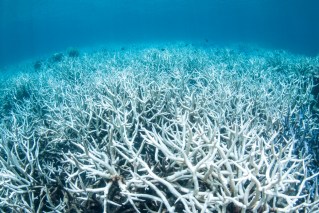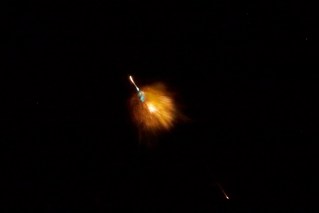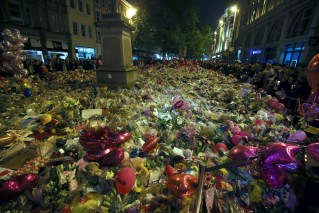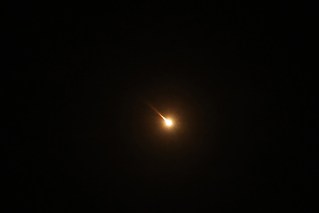Powerful aftershocks hit Nepal after huge quake
GALLERY: Earthquake devastates Nepal
Powerful aftershocks have rocked Nepal, panicking survivors of a quake that triggered fresh avalanches at Everest base camp, as rescuers dug through rubble in the devastated capital Kathmandu.
Terrified residents, many forced to camp out after Saturday’s quake reduced buildings to rubble, were jolted by Sunday’s 6.7-magnitude aftershock that compounded the worst disaster to hit the impoverished Himalayan nation in more than 80 years.
National police spokesman Kamal Singh Ban says 5,838 people are injured while officials in India say the death toll there stands at 60.
• Nepal quake: families hold hope for loved ones
• Response teams race to Nepal
There are grave fears for dozens of Australians who have been listed as missing after the first earthquake struck.
Chinese state media said 17 people had been killed in the Tibet region.
Hospitals were so stretched on Sunday that medics had set up tents outside the buildings to treat patients.
The historic nine-storey Dharahara tower, a major tourist attraction, was among the buildings brought down, with at least a dozen bodies were taken away from the ruins of the 19th-century tower.
Offers of help poured in from governments around the world, with the United States and European Union announcing they were sending in disaster response teams. India flew out its stranded citizens in military planes.
“We have deployed all our resources for search and rescues,” Singh Bam said.
“Helicopters have been sent to remote areas. We are sifting through the rubble where buildings have collapsed to see if we can find anyone.”
Officials said 18 people were so far known to have died on Mount Everest where an avalanche triggered by the earthquake buried part of base camp.
Helicopters on Sunday airlifted injured climbers off the world’s highest peak with at least six helicopters landing at base camp in Nepal, AFP’s Kathmandu bureau chief Ammu Kannampilly reported.
It is the deadliest disaster in Everest’s history and comes almost exactly a year after an avalanche killed 16 sherpa guides.
AFP’s Nepal bureau chief Ammu Kannampilly, on an assignment at base camp, reported that six helicopters had managed to reach the mountain on Sunday morning after the weather had improved overnight.

Nepalese rescue personnel observe damaged buildings following an earthquake in Kathmandu.
AFP correspondents in Kathmandu reported that tremors were felt throughout the night, including one strong aftershock at dawn.
Snowfalls on Saturday had thwarted efforts to airlift survivors from Everest base camp, where hundreds of mountaineers were gathered at the start of the annual climbing season, cancelled last year after the deaths of the 16 sherpa guides.
Google executive Dan Fredinburg was the only climber killed to have been identified so far.
Experienced mountaineers said panic erupted at base camp, which has been “severely damaged”, while one described the avalanche as “huge”.
George Foulsham, a Singapore-based marine biologist, described the moment that the disaster struck.
“I was outside, saw a white 50-storey building of white come at me. I ran and it just flattened me,” he told AFP.
“I tried to get up and it flattened me again. I couldn’t breathe, I thought I was dead. When I finally stood up, I couldn’t believe it passed me over and I was almost untouched.”
Nepal and the rest of the Himalayas are particularly prone to earthquakes because of the collision of the Indian and Eurasia plates.
An 6.8 magnitude quake hit eastern Nepal in August 1988 killing 721 people, and a magnitude 8.1 quake killed 10,700 people in Nepal and eastern India in 1934.
Meanwhile the Red Cross (IFRC) said it was concerned about the fate of rural villages close to the epicentre of the quake northwest of the capital Kathmandu.
“Roads have been damaged or blocked by landslides and communication lines are down preventing us from reaching local Red Cross branches to get accurate information,” said IFRC Asia Pacific director Jagan Chapagain.
International aid groups and governments have sent emergency crews to reinforce those scrambling to find survivors in the devastated capital, Kathmandu, and in rural areas cut off by blocked roads and patchy phone networks.








